Joseph D’Aleo, CCM
UPDATE:
The monsoon rains came hard though as predicted delayed to western India. Meanwhile to the west in Pakistan the seasonal pre monsoonal heat was the news story. Power outages in the poorer areas caused deaths. Notice in the CNN story, the heat wave comes at a time when this predominantly Muslim country’s citizens are observing Ramadan. During the holy month, the faithful fast from sunup until sundown.
This means that, amidst these scorching temperatures, Pakistanis are forgoing food and water. Clerics are reminding residents that they can forego fasting if they feel the soaring temperatures are life-threatening.
The Ramadan holydays float during the years. It is untimely when it comes during the seasonal pre-monsoonal heat. See how temperatures peak in Pakistan as in India before the rains come.
-----------
El Ninos historically have been associated with erratic and less productive monsoon rains in India, Indonesia and often parts of Australia. The red circles represent El Nino years Most were below normal to normal for precipitation. La Ninas are normally wet (blue circles).
See the temperature and precipitation patterns associated with El Nino and La Nina. We know there are different flavors of El Nino related to strength and where in the Tropics, waters are warmest.
The media has promoted the pre monsoonal heat as unprecedented and surely the result of global climate change.
Normally the heat peaks in the spring which helps draw in monsoon moisture when the jet stream lifts north of the Himalayas, starting by early June.
The monsoon is 5 days late into the south in Kerala and is proceeding north. The normal monsoon front is shown in the red dashed line. The green is actual as of June 5th.
Temperatures in India were well below normal this winter and most of spring and it was unusually wet. This is the departure from normal for December through April.
The cooler April and early May combined with El Nino to favor a delayed and likely erratic monsoon year. The heat that appears in April and May usually helps draw in moisture from the Indian Ocean when the jet stream lifts north of the Himalayas. We have been telling our clients that for months.
The heat came on late and the rains have followed suit.
Is that heat and monsoon disruption new - hell no - Sir Gilbert Walker went to India in 1904 to try and find out why the monsoon failed in some years (like 1899) and he found the Southern Oscillation ( SOI - a pressure flip flop Darwin to Tahiti) that much later (1960s by Rossby) was connected with the ocean temperatures in El Nino Southern Oscillation (ENSO). 113.7F is not at all unprecedented. When you delay the monsoon and have the heat come late closer to the maximum solar (when the sun is overhead over India), it gets hotter than normal in June.
The media was all abuzz about the 3000 plus heat deaths from the late May early June heat in India. A recent Lancet article showed 20x more people die in winter cold than summer heat. We would bet that 20-30,000 people died this winter in India from the cold.
WHAT’S AHEAD
The European 30 day mean forecast is for wetter and cooler weather to return. Expect to hear about the localized flooding that will occur and yes how it is unprecedented (it’s not).
A tropical storm is developing in the Arabian Sea west of India. It is forecast to move north northwest. it should pump some moisture into the hot west central although the models suggest the heaviest rains are west of the western Ghats mountains.



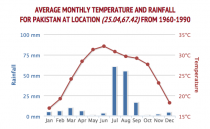
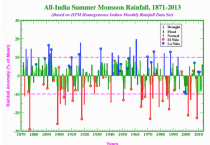
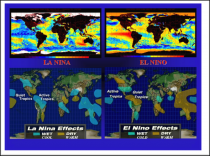
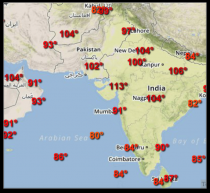
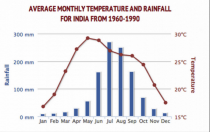
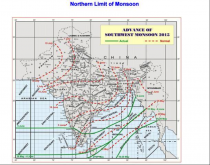
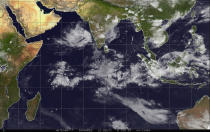
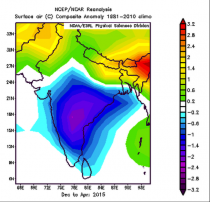
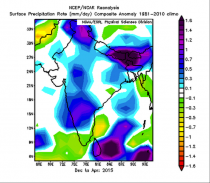
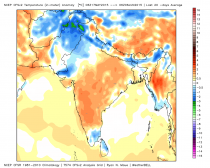

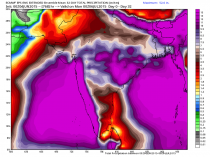
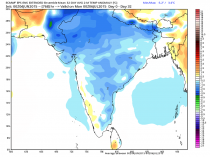
_thumb.jpg)